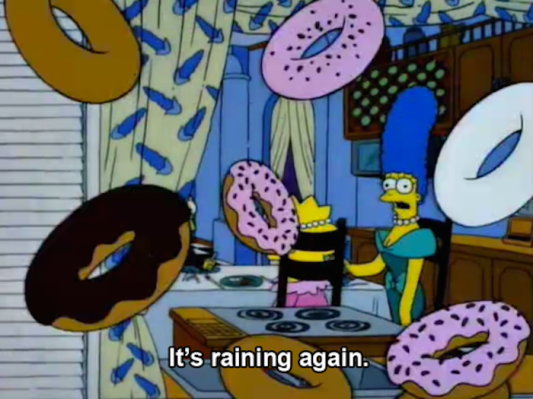In 1913, in what is now an affluent suburb of Cairo, Egypt, an American engineer named Frank Shuman built the world’s first solar thermal power station, which pumped 100 gallons/second of Nile water into nearby cotton fields. He later declared in the New York Times: “After our stores of oil and coal are exhausted the human race can receive unlimited power from the rays of the sun.”
More than a century later we are finally catching up with Shuman’s vision. Over the last year I’ve been watching with fascination as author and former Microsoft executive Ramez Naam–born in Cairo himself, appropriately enough–documents our ongoing solar revolution:
As Naam writes:
The cost of solar modules is dropping exponentially … something like Moore’s law, an exponential learning curve (albeit slower than in computing) applies … Electricity cost is now coupled to the ever-decreasing price of technology. That is profoundly deflationary. It’s profoundly disruptive to other electricity-generating technologies and businesses. And it’s good news for both people and the planet.
Complaining that energy is expensive while the sun blazes above is us like complaining that food is expensive while it rains soup and hails donuts. What we have had is merely an energy capture problem — and we seem to have found a new and inexpensive solution.
Not convinced? Need more evidence? Here you go: The MIT Energy Initiative estimates that we “could achieve terawatt-scale deployment of solar power by 2050 without major technological advances.” (Italics mine.) Last year the NYT reported “Solar and Wind Energy Start to Win on Price vs. Conventional Fuels”, and this year, of course, “Tesla Ventures Into Solar Power Storage for Home and Business.”
This in turned caused Forbes to ask, “Did Tesla Just Kill Nuclear Power?” while noting “The Middle East Turns To Solar Energy.” (The potential there is insane.) The BBC notes that “More and more solar farms are being built across Africa,” while Ray Kurzweil prophesies: “Solar Will Power the World in 16 Years.” I know, I know, Kurzweil can be kooky — but at the same time, remember that human beings do not properly perceive exponential growth. Solar is eating the world. The only question is; how fast?
…And yet.
That’s a pretty big and important question, and there are plenty of solar skeptics out there who argue that, for the foreseeable future, the sun is still not the answer. Some argue that as wealthy people convert their homes to solar power, prices will rise for lower-income people who still have to rely on the grid…although this seems more like a “utility’s failure to adapt its business model to the changing market” rather than an actual problem with solar power.
Others point out more substantive obstacles. “Wind and solar availability around the world, from week to week and month to month, can vary up to a factor of five or six,” notes CityLab, meaning an enormous (and expensive) need for new storage to handle those days and weeks when the wind doesn’t blow and the sun doesn’t shine. Others argue that grid-scale solar would be enormously more expensive, and occupy vastly more real estate, than nuclear energy.
Meanwhile, an ambitious plan to build solar thermal plants in North Africa to power Europe has been largely abandoned, amid arguments that it was neo-colonialist and exploitative, as well as impractical. Solar power would obviously be best captured in the sunbaked deserts of the world … which tend to be places poorly served by the requisite gargantuan transmission corridors.
(Also, some environmentalists weirdly complain that solar and wind power kills birds. This may be true; hundreds of thousands are killed by wind turbines every year. But do you know what really kills a whole lot of birds — billions (yes, that’s right, billions, with a B) per year in the United States alone, in fact? Cats. No, really. If you want to save birds, stop whining about solar and wind power, and do something about cats.)
But let’s take a step back from the debate between the idealists and the skeptics. The idealists are arguing that we can power much — or even most! — of the globe with pure solar and/or wind power by 2050 — or even earlier! — while the skeptics are only arguing that we’ll be stuck with fossil fuels for a while yet, and/or we may need to add nuclear power to the mix.
It’s pretty amazing, and a cause for huge celebration, that after spending trillions of dollars on fossil fuel infrastructure, and relying on such fuels for almost all of our economic growth as a species over the last century, the debate is no longer if we’re finally going to leave such carbon-spewing pollutants behind, but simply when … and the smart money is on “within our collective lifetimes.” Personally, I suspect — and I’m sure Ramez Naam agrees — that the skeptics haven’t yet really internalized even the medium-term implications of exponential decline.
